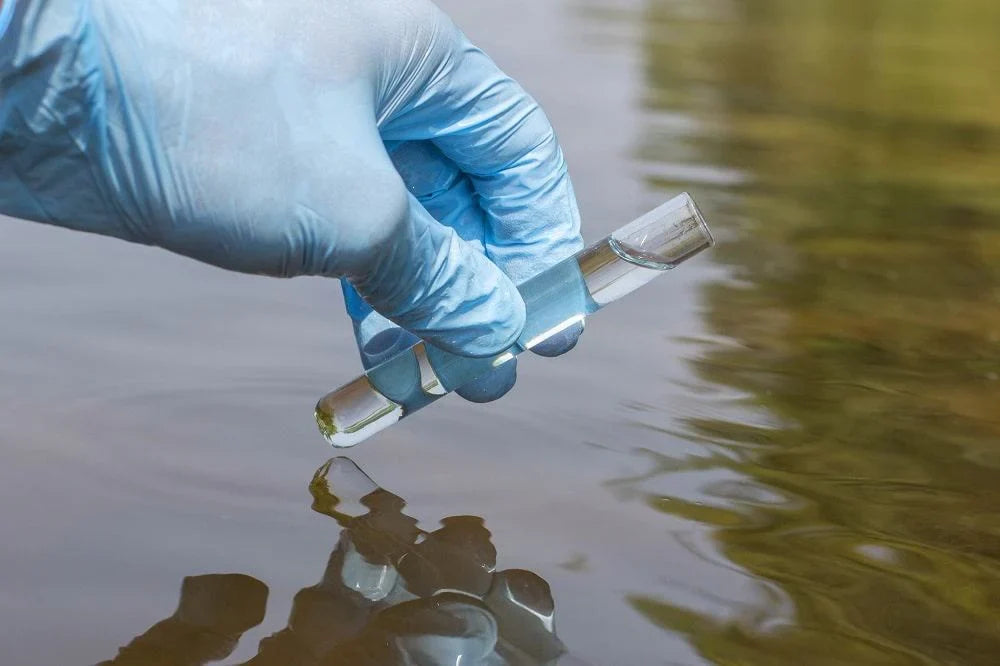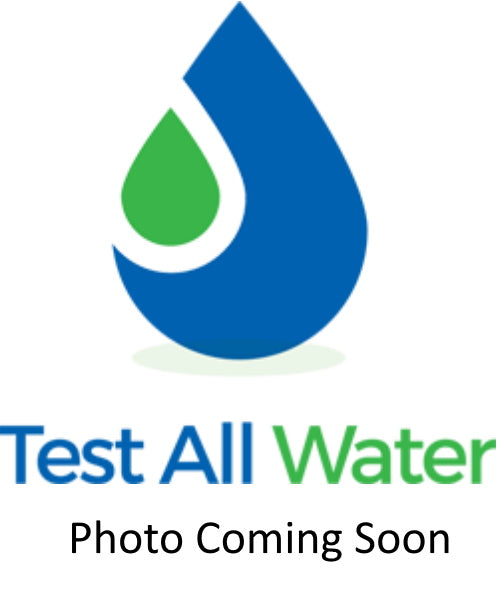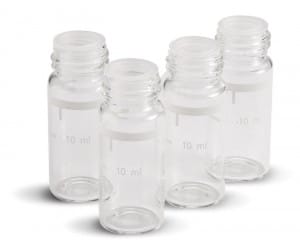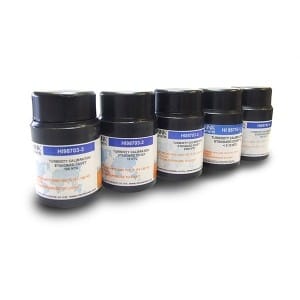
Turbidity Meters & Turbidity Tubes
The Importance of Turbidity Testing and Methods of Testing
Turbidity testing is a critical process in water quality assessment, measuring the cloudiness or haziness of a fluid caused by suspended particles that are usually invisible to the naked eye. High turbidity levels often indicate the presence of pollutants such as silt, microorganisms, organic matter, and industrial waste, which can negatively impact both environmental and human health.
The importance of turbidity testing lies in its ability to serve as an early warning indicator of contamination. In drinking water, high turbidity can harbor pathogens like bacteria and viruses, making disinfection processes less effective. In natural water bodies, increased turbidity reduces light penetration, disrupting aquatic ecosystems and photosynthesis in aquatic plants. For industries, especially those involved in food processing and pharmaceuticals, maintaining low turbidity levels is essential to comply with health regulations and ensure product quality.
There are several methods for turbidity testing, each suited to different environments and accuracy requirements:
-
Nephelometric Method: The most common laboratory method, using a nephelometer to measure light scattered by particles in water. Results are given in Nephelometric Turbidity Units (NTU).
-
Turbidimeter: Similar to nephelometers but can also measure the light transmitted through the sample. It is suitable for more precise and consistent readings.
-
Visual Comparison: A basic method using a turbidity tube or Secchi disk, useful for field assessments when advanced tools are unavailable.
-
Gravimetric Method: Involves filtering water and weighing the residue. It is more labour-intensive but can be used when particle mass is also of interest.
Regular turbidity testing helps ensure water safety, supports regulatory compliance, and protects both public health and environmental integrity.
International Delivery
For small orders & export tenders
12,000+ PRODUCTS
From the Market Leaders
Support & Trade Accounts
Contact Us for Support & Trade Accounts
Secure payments
Online payments securely administed by Shopify



